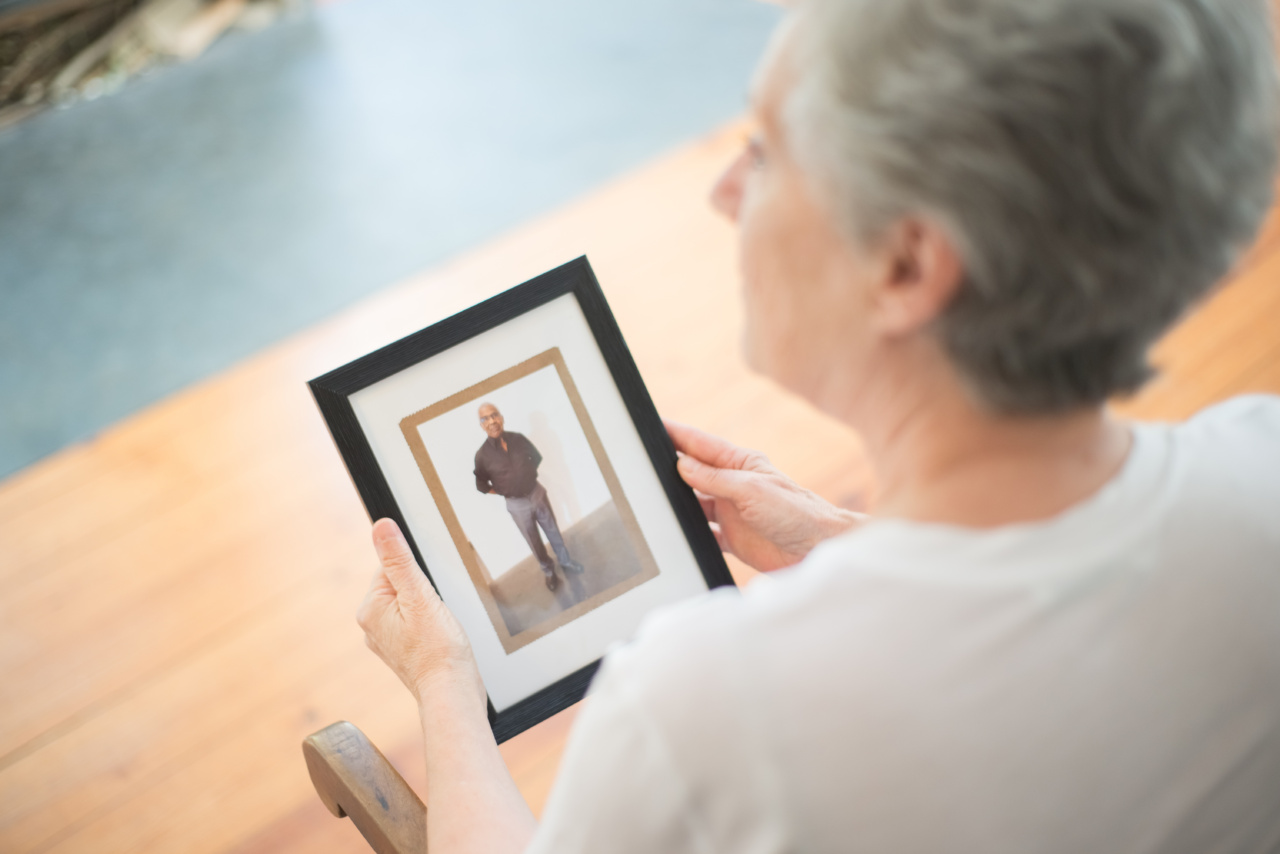Depression is a common mental health condition that affects millions of people around the world. It can make everyday tasks feel overwhelming and can have a significant impact on a person’s quality of life.
While there are various treatments available, such as therapy and medication, some individuals find relief and coping strategies through alternative methods, including the use of camouflage techniques. This article explores how camouflage can be an effective tool in managing depression and improving overall well-being.
Understanding Depression
Before delving into how camouflage techniques can help with depression, it’s essential to have a basic understanding of the condition.
Depression is not just a fleeting feeling of sadness but rather a persistent state of low mood and disinterest in activities. It can affect a person’s thoughts, emotions, and physical well-being, hindering their ability to function normally.
Some common symptoms of depression include:.
- Constant sadness or feeling empty
- Loss of interest in activities once enjoyed
- Changes in appetite and weight
- Trouble sleeping or excessive sleep
- Difficulty concentrating or making decisions
- Feelings of guilt, worthlessness, or hopelessness
- Physical symptoms like headaches or stomachaches
The Concept of Camouflage
Camouflage is commonly associated with blending into one’s surroundings, often utilized by animals for protection or predators for hunting.
However, the concept of camouflage can extend beyond the physical realm and into the psychological and emotional domains as well. Applying the principles of camouflage to managing depression involves using strategies to help individuals hide or minimize their symptoms, allowing them to function more effectively.
Acceptance and Support
One essential aspect of coping with depression through camouflage is acceptance. Recognizing and acknowledging one’s condition without judgment is crucial in order to move forward.
Equally important is seeking support from loved ones, friends, or support groups. Sharing experiences and feelings with others who have faced similar challenges can provide a sense of belonging and foster an environment for healing.
Positive Self-Talk
The way we talk to ourselves significantly impacts our mental well-being. Negative self-talk can reinforce depressive thoughts and emotions, making it harder to break free from the cycle of depression.
By practicing positive self-talk, individuals can challenge negative beliefs and reframe their perspectives. Repeating affirmations and reminding oneself of personal strengths and accomplishments can be powerful tools in building resilience and combating depression.
Engaging in Meaningful Activities
Depression often robs individuals of their motivation and interest in activities they once enjoyed. However, re-engaging in these activities can help break the cycle of despair and provide a sense of purpose and fulfillment.
Whether it’s hobbies, creative outlets, or volunteering, engaging in meaningful activities helps to distract from negative thoughts and increases feelings of satisfaction and joy.
Physical Exercise and Outdoor Activities
Exercise has long been recognized for its positive effects on mental health. Engaging in regular physical activity releases endorphins and other mood-boosting chemicals in the brain, reducing symptoms of depression.
Additionally, spending time outdoors can have added benefits due to exposure to natural light and vitamin D, which can aid in regulating mood and promoting feelings of well-being.
Practicing Mindfulness and Meditation
Mindfulness and meditation techniques have gained significant attention in recent years for their positive impact on mental health. Mindfulness involves being fully present in the current moment, accepting it without judgment.
Combined with meditation practices, individuals can learn to observe their thoughts and emotions without becoming overwhelmed by them. These practices can help reduce stress, anxiety, and depressive symptoms.
Journaling and Art Therapy
Expressing oneself through journaling or art can provide an outlet for emotions that may be difficult to verbalize. Journaling allows individuals to process their thoughts and feelings, helping them gain clarity and perspective.
Art therapy, on the other hand, utilizes various creative mediums to explore emotions and foster self-expression. Both practices can be cathartic and facilitate healing and emotional growth.
Seeking Professional Help
While camouflage techniques can be powerful tools in managing depression, it’s important to recognize that they are not a substitute for professional help.
If depression symptoms persist or worsen, it is crucial to seek support from a mental health professional. They can provide appropriate diagnosis, develop an individualized treatment plan, and offer therapeutic interventions that may complement camouflage techniques.
Building Resilience and Finding Balance
A crucial aspect of coping with depression through camouflage is the cultivation of resilience. Resilience refers to an individual’s ability to adapt and bounce back from difficult situations.
By incorporating the aforementioned strategies into their lives, individuals can progressively develop resilience and reclaim control over their mental well-being.
Furthermore, it is important to find balance and establish healthy routines in daily life. Practicing self-care, maintaining a regular sleep schedule, and nurturing healthy relationships are all integral components of overall well-being.
Conclusion
Depression can be a debilitating condition that affects various aspects of a person’s life.
While traditional methods of treatment are widely available, integrating camouflage techniques into one’s coping strategies may offer additional support and relief. By accepting the condition, engaging in meaningful activities, practicing positive self-talk, and seeking professional help when needed, individuals can pave their way towards healing and better mental health.































